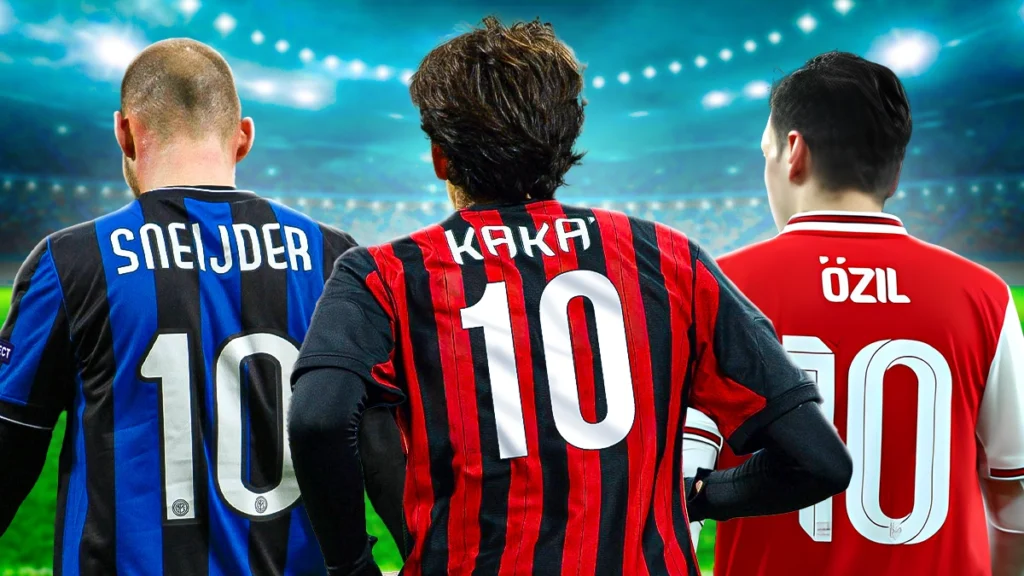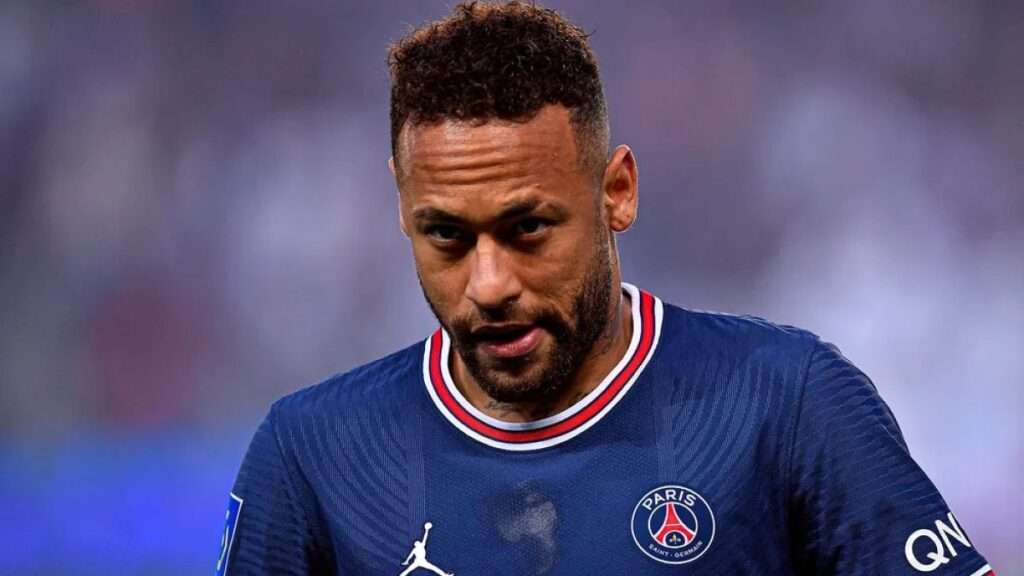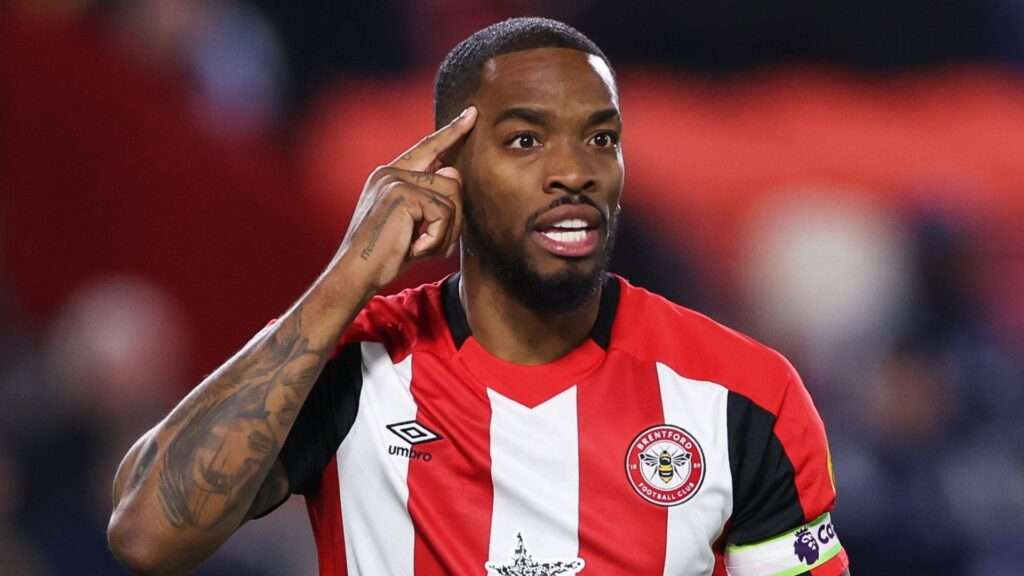The big question has been: what happened to the number 10 role in modern football? Why is its usage declining? I don’t mean the jersey number but the actual number 10 position on the field has long been one of the most important ones in world football. Back in the day, the position was played by the creative pivot of the team and the spark who initiated all attacks. But now it has slowly been disappearing in the game and it has led us to wonder why.
What happened to the number 10 role in modern football
Join us as we figure out the history and what exactly is happening to what used to be the most popular position of the beautiful game.
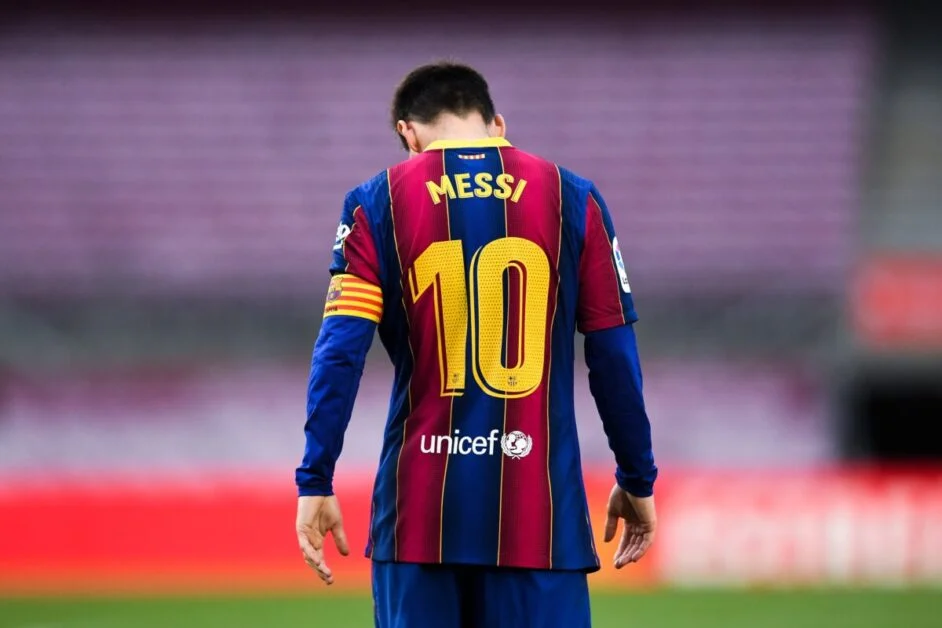
Shop quality jerseys at Goal90.shop
The position used to be reserved for the cream of the crop in the team who was behind all attacks. As such, one had to be gifted in dribbling, passing, and shooting, making such players a problem in every attacking sense. Outside of these superficial characteristics, they also had to have incredible football IQ and vision of the plays they intended to create.
An added bonus that has been spotted through the years is also a Messiah complex and an ability to ‘carry’ the team when needed. For decades, the most important and creative players in every team played this position; Zinedine Zidane, Kaka, Sneijder, Riquelme, Dennis Bergkamp amongst others.
The role though technically an attacking midfielder has long been dubbed the ‘number 10’ because the number was worn by those in that position. It was called the ‘enganche’ in Argentina, which translates as ‘hook’, to describe its importance in connecting midfield and attack.

As sides began to move away from the 4-3-3 of the 1970s to the 4-3-1-2 or 4-4-2 diamond of the 1980s, the ‘hook’ became even more important. In the modern era, the number 10 usually plays underneath a single center-forward, with a double pivot in behind in a 4-2-3-1 structure. A single number 10 is also used in a 3-4-1-2 shape.
The position often came with a free role responsibility given it’s creative nature therefore leading to very minimal instructions from managers. As such, in possession, their main jobs were ultimately to connect the defense and attack while soaking up pressure in spaces ready to thread passes leading to opportunities.
They could also take up second chances and score goals themselves hence their very diverse skill sets. Out of possession though, they had very few defensive responsibilities and would hope to receive or intercept a pass that could lead to a counterattack.
With the evolution of the game, many teams prefer to use defensive midfielders or box to box midfielders in positions where the 10 traditionally used to operate. This and the lack of defensive cover from players in this position is slowly leading to its extinction in the modern game.
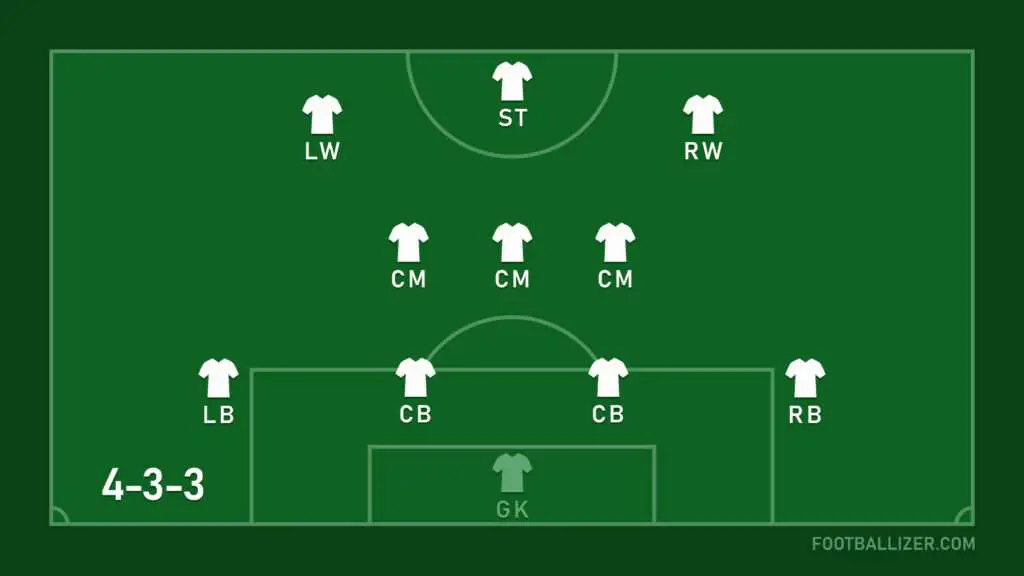
The tactical evolution of the football has played a major part. Most successful teams today play a 4–3–3 system with no classic number 10 behind the striker, but instead, the midfield in a 4–3–3 system operate as a unit of deep lying playmakers. The defensive midfielder role has expanded to areas the number 10 used to occupy and the functioning of the midfield as a unit instead of individuals has further hampered the traditional 10 role. Playmaking has become something that every midfielder has the capability of doing instead of just the chosen few.
With 3 or even 4 person midfields, this has further caused a clog in the middle of the park leading to much less space there than before and a heavier emphasis on wingers and fullbacks.
Some players in world football have adapted their playstyles to current circumstances while others got swallowed in the tide as they could not reinvent their game to suit evolving needs. The likes of Kevin De Bruyne and David Silva for example are players who have adapted their game from just number 10s to midfielders who can do everything.
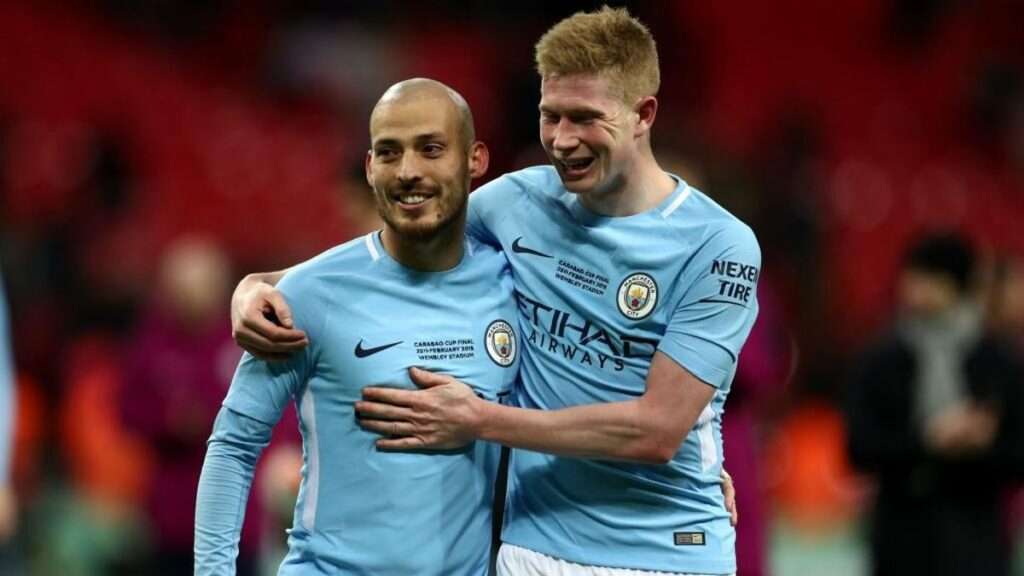
The change has mainly happened under Pep Guardiola and has led to massive success for both of them. Roberto Firmino as well adjusted to playing as a false nine at Liverpool while Bernando Silva has found ease playing in central midfield or the wing.
The other side of the coin has players such as Mesut Ozil, James Rodriguez and Phillipe Coutinho. These players flourished as traditional number 10s once upon a time but were swallowed up by the evolution of the game and never found their feet again. Rodriguez particularly ran the show for his country in 2014 but found it difficult to adapt to the tactics of Zidane at club level who brought on a formation change that hindered the traditional 10 role.
Talk about irony!

Maybe the writing was already on the wall for players like this given what happened to Messi’s idol Riquelme. When he arrived at Barcelona in 2002, he found Van Gaal at the helm who had no intention of playing with a traditional number 10. As such, he struggled to adapt to the team and saw his minutes drastically reduced during his time at the Camp Nou before eventually moving on to Villarreal.
So, does the position have any future in the modern game?
The answer to this is complicated as it is both a yes and a no.
The no comes from the fact that the traditional characteristics of the role don’t seem to apply anymore as players have to be more involved on both sides of the field. The free role cannot exist and every player on the field is overloaded with instructions and positions to take up. Kaka himself already spoke on it by saying that the role is already completely lost as with defences more advanced, there is hardly any space left in the centre of the field.

Riquelme as well chimed in to say he was thankful he didn’t play in this era of the game as he wouldn’t be able to play in his favourite role.
The yes side though comes from the adaptation of players to the new aspects needed of them and the rise of a whole new crop of midfielders. The likes of Bellingham who can perform the roles of the traditional 10 but also take part in defense and other unconventional roles.

Marcelo Bielsa also emphasizes the need for a player who can ‘run’ but also create in the blink of an eye. Bruno Fernandes has been touted as a perfect example given his lack of traditional 10 abilities but instead, he can run and contribute to the defensive and attacking hard work of his team. He is proof perhaps that a more outcomes- oriented and less artistic number 10, can still function in the modern game without necessarily needing to station himself deeper, out wide or further up front.
Do you think the role of the 10 is now officially extinct in world football?
Let us know in the comments.

